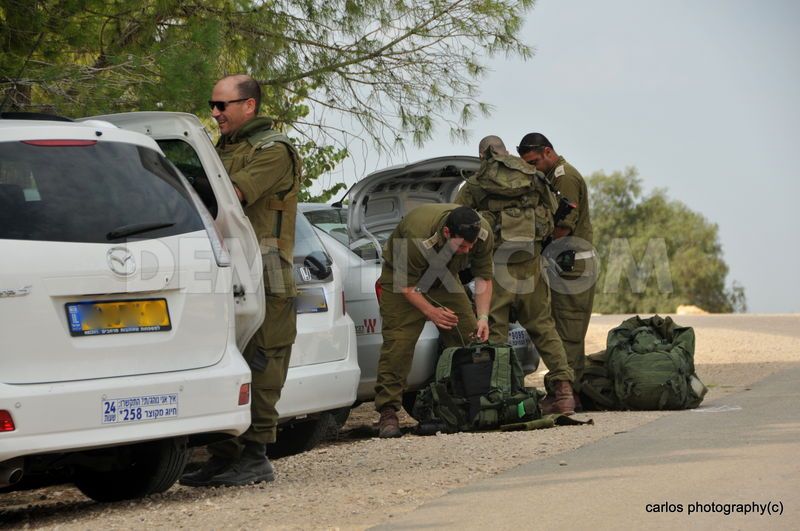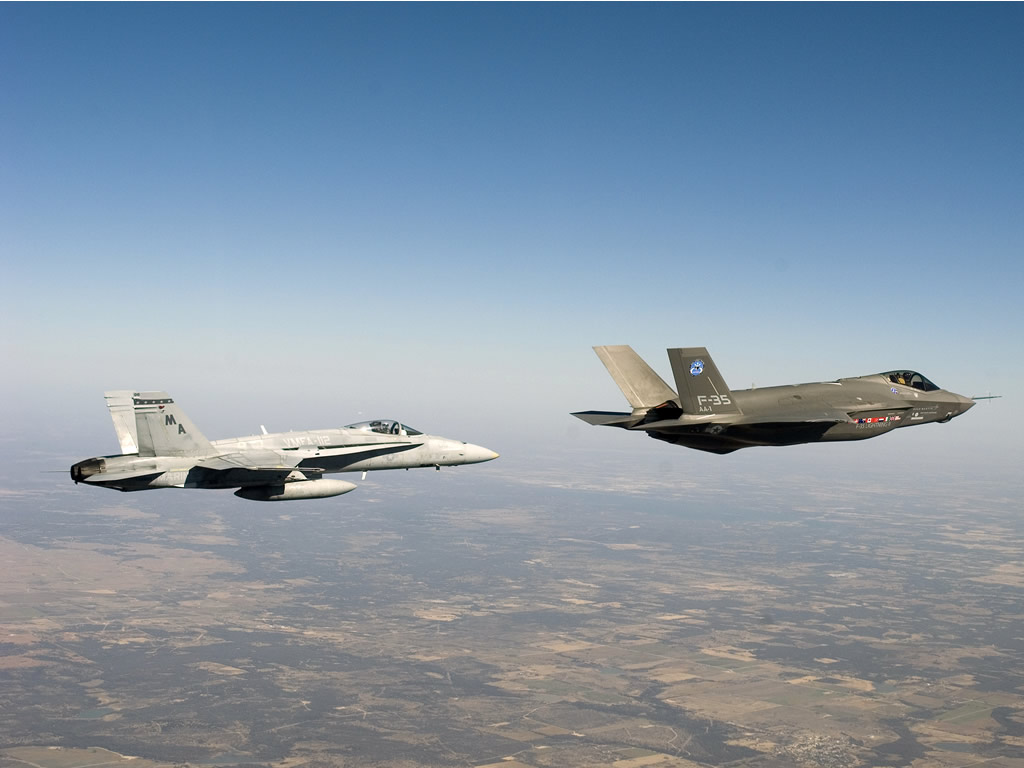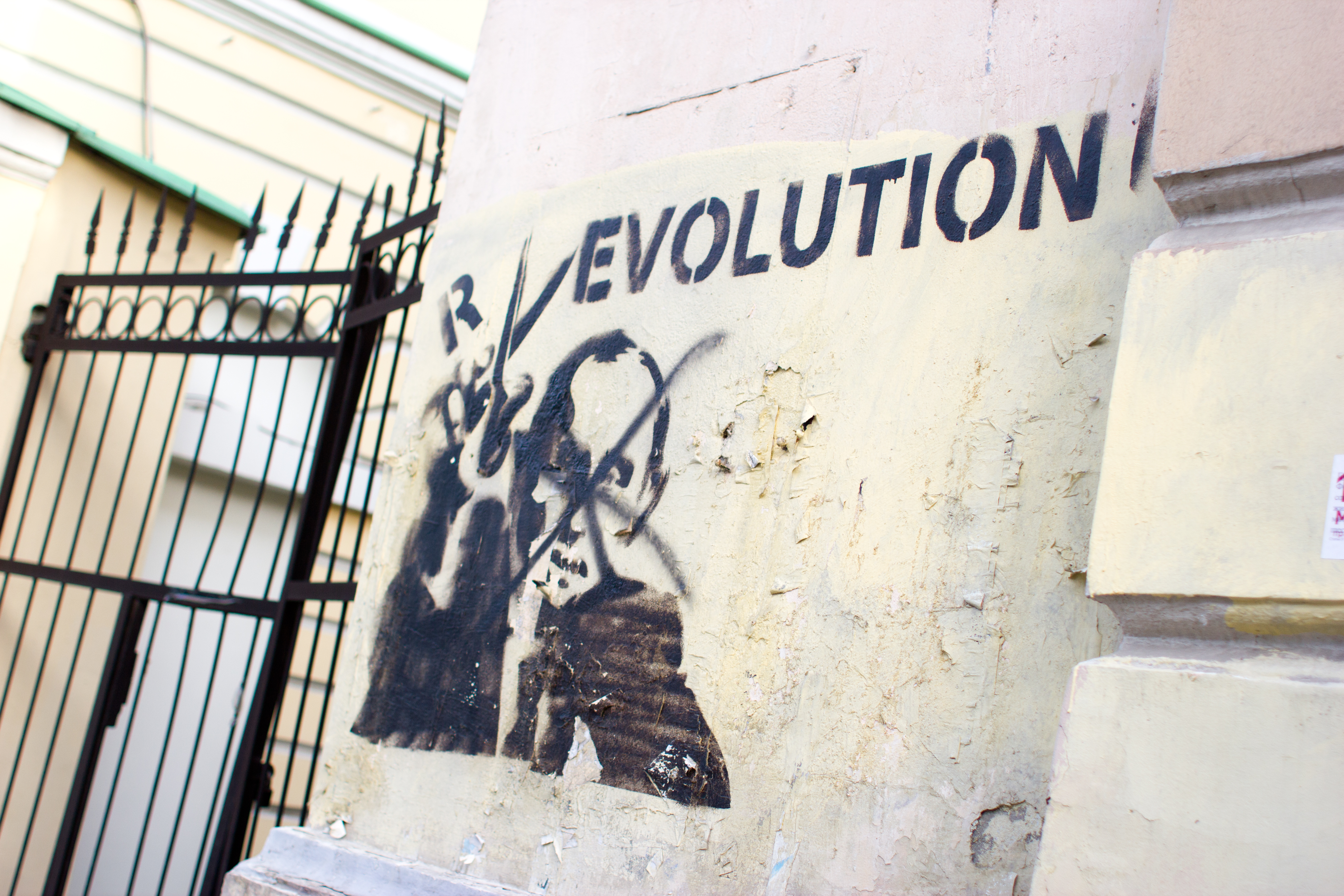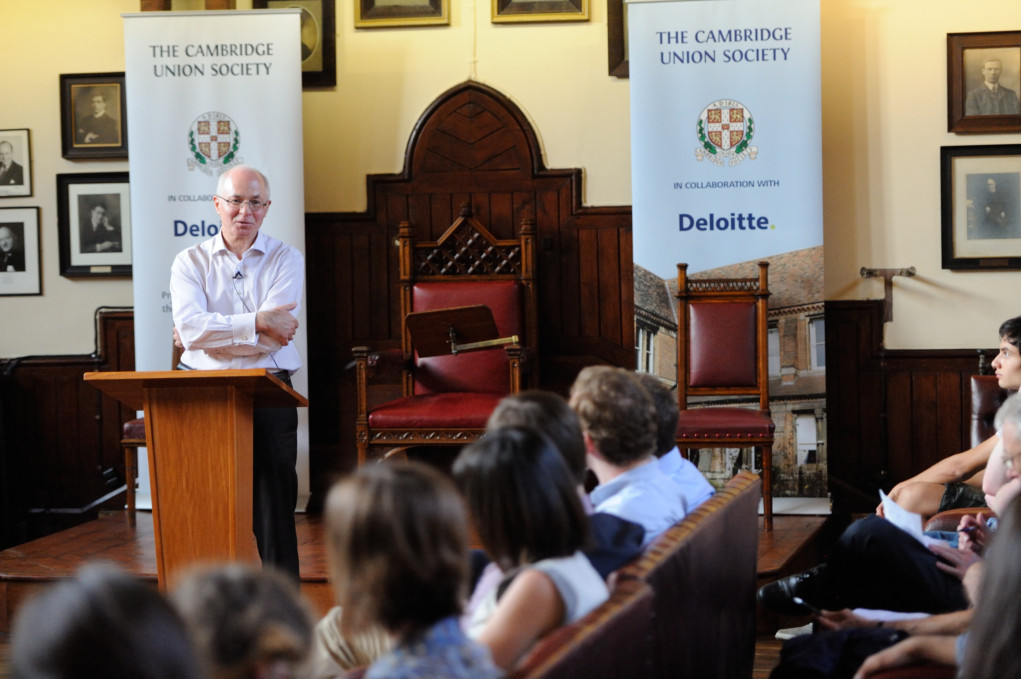
Few countries that maintain reserve forces depend on them as greatly as Israel. Bordering countries with a larger collective population and armed forces, experiencing periodic warfare and engaged in near constant counter-terrorist operations, the Israeli military has developed an extensive reliance on reserve forces. This article will look at Israel’s unique dependence on reserve forces and their mode of employment.
The Kingdom of Prussia used to be referred to as an army with a state, reflecting the extensive militarization of its populace. Today, this notion applies to Israel, as does the similar notion of a ‘nation in arms.’ Israel’s military, the Israel Defence Forces (IDF), sources the majority of its manpower from conscription. By law, all Israeli citizens over the age of eighteen, both male and female, serve as conscripts (there are, however, a number of exceptions. Women fulfilling various criteria can avoid conscription, as do conscientious objectors and all Israeli Arabs. Until this year, ultra-Orthodox Israelis were also exempted from mandatory conscription). Israel has one of the longest terms of service in the world, with the male term of service only second to North Korea. Israeli men serve for 36 months while females serve for 21 months. Moreover, reservists are subject to call-up until the age of 40-49 (depending on occupation). As a result of such a prolonged service period – most countries that retain conscription do so for a period usually between 9 and 24 months – Israel’s small population supplies the manpower for a very large military and an even larger reserve force.
According to the CIA, in 2010 Israel had just over 62,000 men and just over 59,400 women reaching the age of military service annually. It should be noted, however, that this figure is for the entire population of 7,821,850, including large segments of the male and female population that do not serve at all. Moreover, many women from segments of the population that does serve choose not to or are exempted. In 2011, despite comprising almost half the population attaining military age, women comprised only 33% of the IDF’s manpower – almost entirely serving in non-combat roles. Nevertheless, prolonged conscription allows Israel to maintain an active military of over 180,000 personnel and approximately 450,000 personnel in reserve. The latter figure for the size of the reserve only factors reserve forces maintained in readiness and assigned to units – not the theoretical manpower reserve of the country. Israel’s manpower reserve is much higher, with approximately three million men and women aged 16-49 theoretically capable of serving in the country’s armed forces. While Israel has not needed to activate its reserves anywhere near such limits, it has done so in the past, enabling the small country to defeat adversaries with larger populations in 1948, 1967 and 1973.
Imo respects, reservists have been the real source of Israiel (ground) military power. These reservists allow Israel to bolster is relatively small regular armed forces rapidly through the manning of reserve formations – as opposed to providing individuals to bolster/replenish active units. Notably, these reservists provide the manpower for both combat and support units. To enable their effective use in combat, the government maintains excess equipment in readiness for the purposes of mobilisation. For example, Israel possesses thousands of tanks but only maintains hundreds in active service. The rest are to be manned by reserve units when needed.
In addition to providing manpower for reserve combat and support formations, Israeli reservists are called-up to service for a maximum of 36 days a year (and no more than 54-84 days every three years, depending on rank) after they are discharged from their regular duration of conscription. In this respect, Israel’s mode of reservist utilisation is unique. Reservists are usually maintained as a manpower reserve to be activated during times of war or crisis. These called-up reservists engage in training, bolster border defences, engage in policing-type and counter-terrorism operations in occupied territories and, through their re-activation, help ensure the readiness of the reserves in case of a mobilisation during a crisis or war. In many respects, however, their most important function has been, and remains, serving as a response to events in occupied territories. As such, they relieve pressure on active units that prepare to adequately wage war against Israel’s neighbours until the reserves are mobilised. Such reservists serve as fighter pilots, tank crews, infantry, logisticians, and officers engaged in administrative functions. It should be noted that not all reservists serve the maximum allowed number of days every year. At the same time, however, even inactive reservists are liable to being called-up during time of war or crisis. Recent examples of reserve forces being called-up during such circumstances include the authorization for callingup a maximum of 70,000 reservists during the late 2012 crisis in Gaza (less were actually called-up) and 1,000 reservists, including personnel to man missile defence systems, in 2013 in anticipation of a possible American airstrike on Syria.
As a result of its unique circumstances and requirements, Israel has adopted a model of reserve force utilisation that is rather unique. In many respects, it represents continuity with the more traditional pre-Cold War practice of maintaining reserve forces for mobilisation in wartime as complete units. But Israel’s security environment was not simply determined by Cold War factors. As such, the country retained the model but has always utilised reserves for an additional function: the bolstering of active forces during peacetime through the calling-up of reservists for post-discharge service. These post-discharge reservists perform a number of crucial combat and support functions and constitute the bulk of Israel’s (ground) combat personnel. Such utilisation of reservists is quite uncommon, with pre-1994 South Africa and Rhodesia being notable exceptions. Despite the inconvenience caused by the long time served as conscripts and the call-ups during peacetime, between 90% and 100% of calledup reservists reported for duty (varying by unit) during Operation Pillar of Defence in late 2012. Notably, two reserve paratrooper brigades, the 551st and the 646th, had a reporting rate of over 100% – meaning that even reservists not called up volunteered for service.
Israel’s model of reserve force utilisation does not offer many lessons for Canada. Canada does not exist in the same security environment as Israel and borders just one country, one that is a treaty ally. Nevertheless, looking at Israel’s reserve t lessons to anyone proposing reforms of Canada’s reserve forces. At the very least, Israel’s experience with reserve forces provides a number of examples of what Canada does not need to organize and equip its reserve forces for. Canadians should also consider the political aspects of reserve force organization. As discussed in a previous post on the United States model of reserve force utilisation, the organization and purpose of reserve forces helps determine how quickly a can mobilise its manpower, how long it can fight, and how effectively it can fight. In Israel’s case, as a consequence of necessity and through intentional design, Israel’s reserve forces are structured to provide a rapidly ‘mobilisable’ military rat a cost lower than maintaining an active force. Indeed, in Israel’s case, it would be near impossible to maintain such a large military without having a period of conscription well over the current three years for males. Moreover, it is this reserve combat power that has enabled Israel to successfully wage offensive and defensive wars against its neighbours, and acquire and hold onto occupied territory.




